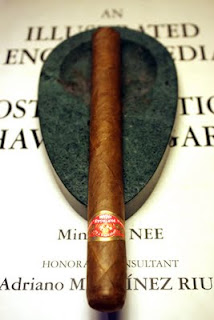
Before the year ends, I wish to do a brief tea tasting. People who follow the Mandarin's blog know that tea review from vendors are rare, except a couple of trusted ones. So, why a change? Perhaps it's to encourage more younger people to learn and understand this life changing experience.
A generous sample for holidays from Carnie and Sina from Red Circle Tea, two young tea enthusiasts who started a new online tea shop. After reading their blogs, I could feel and share the joy of being up in Taiwan tea mountains in search of fine tea.

The package included 1. Organic Red Jade #18, Ping Xi, Taiwan. Machine process and 2. Organic Tribute Red Jade #18, Ping Xi, Taiwan. Hand process. I am just going to write up the latter, hoping readers could test out the first one themselves.

Interestingly, this tea shows the positive energy and youthfulness from the ladies who found it and the people who made them. I am looking forward to seeing how this tea and the company will bring tea awareness to younger audience in the States.
Thank you again Carnie & Sina for such lively and warm gift in this Winter Holidays.




















































